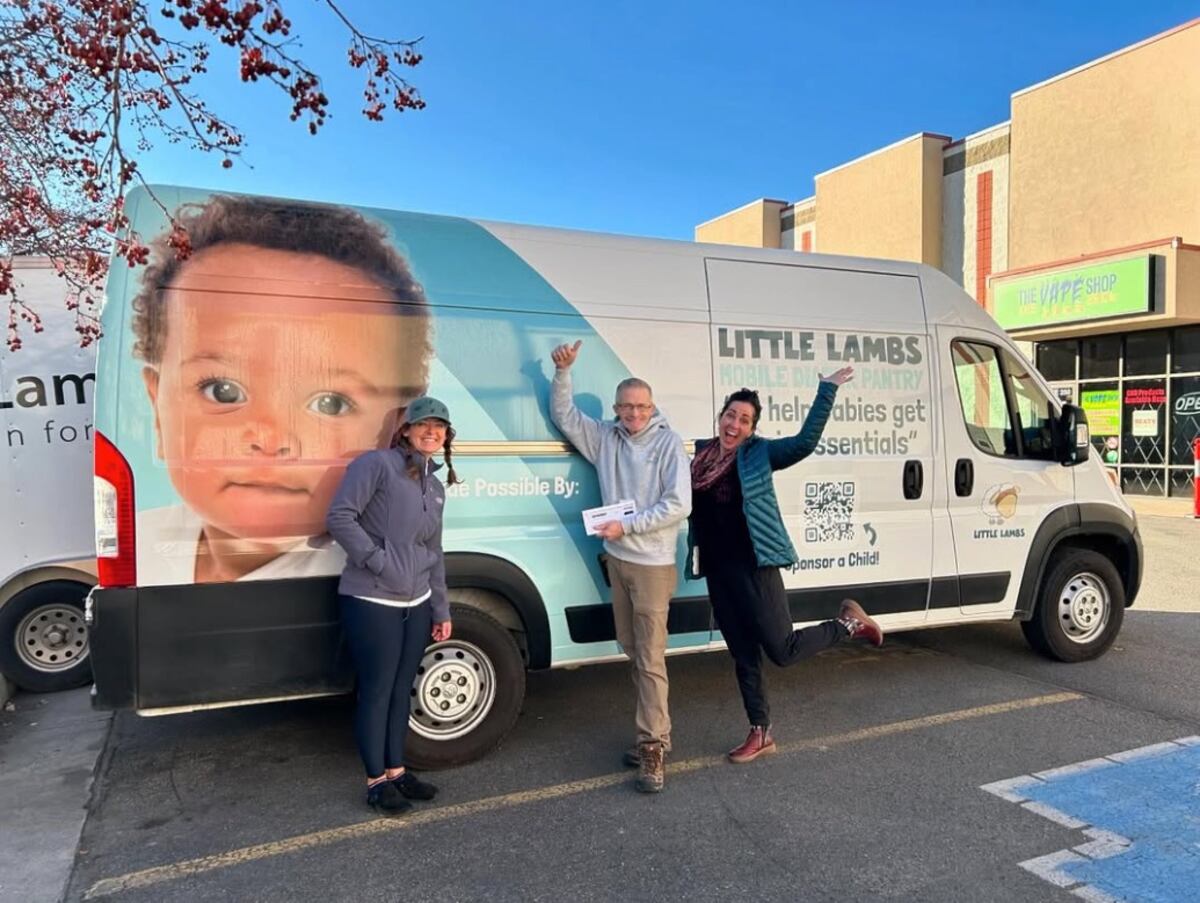On Wednesday evening, 17 states who filed a lawsuit concerning Section 504 of the Rehabilitation Act told the judge that they do not want to get rid of the statute and the protections it provides.
Attorneys general of the 17 states who filed a lawsuit concerning Section 504 of the Rehabilitation Act told the judge on Wednesday that they do not want to get rid of the statute and the protections it provides.
Section 504 helps provide accommodations and aid for kids in school, and also provides assistance for people with disabilities in other aspects of life such as in hospitals and doctors offices.
In May 2024, the Biden administration expanded the definition of disability under Section 504 to include gender dysphoria, saying it “may be considered a physical or mental impairment.”
Advertisement
Advertisement
Following that change, in September 2024, Texas Attorney General Ken Paxton sued the Biden administration, saying it was “abusing executive action.” Since then, 16 states joined Texas in the suit, which claims that Section 504 is unconstitutional.
Besides Texas and Utah, the other states on the lawsuit are Alaska, Alabama, Arkansas, Florida, Georgia, Indiana, Iowa, Kansas, Louisiana, Missouri, Montana, Nebraska, South Carolina, South Dakota and West Virginia.
The lawsuit was filed while Utah’s former Attorney General Sean Reyes was still in office. The state’s current Attorney General Derek Brown found out about the lawsuit last week when concerned friends reached out to him.
“The concern was whether 504s were somehow at risk through the lawsuit, and for me, this is a personal issue, because I have kids that have benefited from IEPs and from 504, so it matters. It matters a lot,” Brown said.
Advertisement
Advertisement
Last week, the lawsuit drew more public attention across the state of Utah, with many people concerned that they or their kids would lose protections provided to them through Section 504.
Brown said that over the weekend he worked with other attorneys general who were plaintiffs in the case on how to make sure Section 504 and the provisions it provides were protected. They then submitted a status report to the judge saying that all the plaintiffs agree that 504 is not unconstitutional and not the issue they want to focus on in the lawsuit.
Last week, Utah’s attorney general made a statement saying that he would protect Section 504, and he said that’s what they accomplished with Wednesday’s filing.
“We promised that we would protect 504, and we did it,” Brown said when asked what he would say to parents concerned by the lawsuit. “My job, as I said, was to protect it, and we’ve done it, and they can rest easy knowing that their children are protected.”
Why is Utah still a part of the lawsuit?
Brown said that many people have questioned why Utah doesn’t just pull out of the lawsuit, but he said if they did pull out they would no longer have any control over the outcome.
Advertisement
Advertisement
More in U.S.
“My job is to resolve the issue. My job is to protect kids. My job is to make sure that 504s aren’t at risk, (and) the way I do that is by staying at the table,” Brown said. “My job as a parent, as the attorney general, as a lawyer, is to continue to sit at the table, work with the other parties, and make sure that we come up with a result that everyone is happy with and that protects kids.”
The lawsuit will now focus on the question of executive power surrounding the Biden administration changing the language of Section 504.
“The executive branch is the one that filed a new regulation that the lawsuit argues is outside the bounds of what Congress has authorized them,” Brown said. “It comes down to, who gets to make a decision on that kind of an issue? Is it Congress, or does the executive branch agency have the authority?”
Brown added that he believes there will be a resolution to the issue very soon. He would not elaborate on the specifics of the process, but said that they are working with the Trump administration to resolve the issue.
What is Section 504?
“Section 504 forbids organizations and employers from excluding or denying individuals with disabilities an equal opportunity to receive program benefits and services. It defines the rights of individuals with disabilities to participate in, and have access to, program benefits and services,” according to the Department of Health and Human Services.
Advertisement
Advertisement
504 plans are used regularly across the country to set up specialized programs and supports to help students with special needs succeed and ensures that they will not be discriminated against in classes, per Forbes. These 504 plans can help people with varying needs, including visual impairment, diabetes, heart disease, epilepsy, depression and ADHD.
It also requires certain accommodations for those with disabilities receiving medical care, such as doctors providing clear instructions and sign language interpreters and captions being provided for those with hearing impairments, according to the Utah Parent Center.
Under Section 504, hospitals cannot deny care due to disability and websites from schools and hospitals also must be accessible for blind and low-vision users.

Clara Forbes, 12, does her math homework next to her mother Jessica Forbes at home in Herriman on Friday, Feb. 14, 2025. Clara has 22q Deletion Syndrome and would be impacted if Section 504 of the Rehabilitation Act of 1973, which ensures students with special needs get the help they need, is eliminated. | Kristin Murphy, Deseret News
Jessica Forbes, who lives in Herriman, has a 12-year-old daughter, Clara, who has accommodations at school through Section 504.
Advertisement
Advertisement
Forbes said she knows people whose 504 plans provide a variety of accommodations, such as kids with Type 1 diabetes getting regular access to a nurse, temporary protections for an injury, environmental modifications, ASL interpreters and access to Braille materials. She has also seen accommodations for kids with anxiety and ADHD, like giving them extra time to take tests.
She added that 504 plans help kids, including Clara, to succeed.
“She’s a great kid,” Forbes said. “She’s so special. And I want her to continue to have all of these options before her, and I don’t want her limited. And I think this is something that keeps her in the game.”
Source: Utah News


















